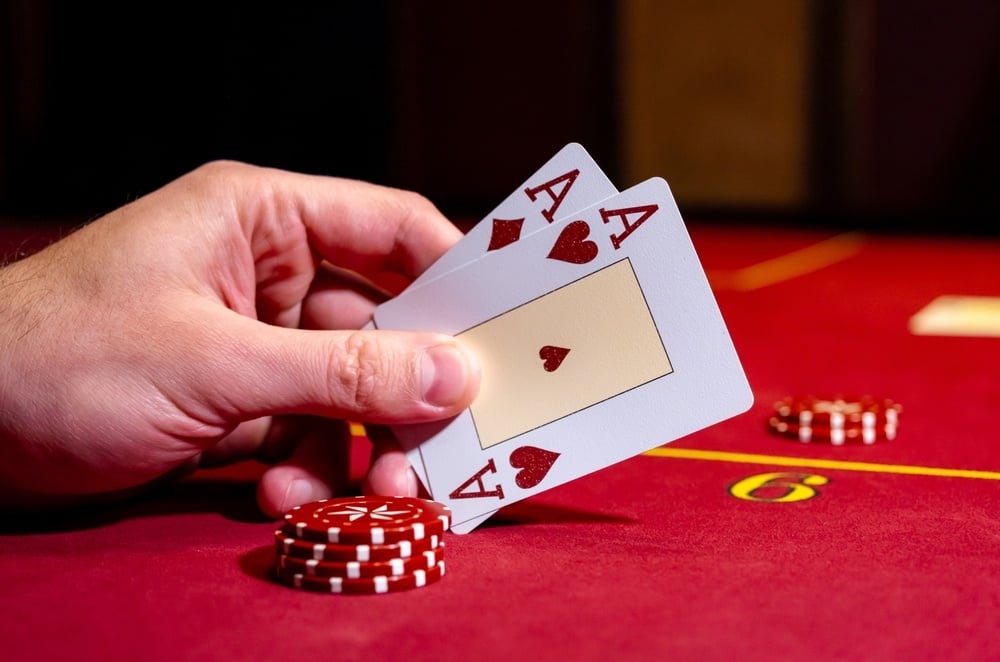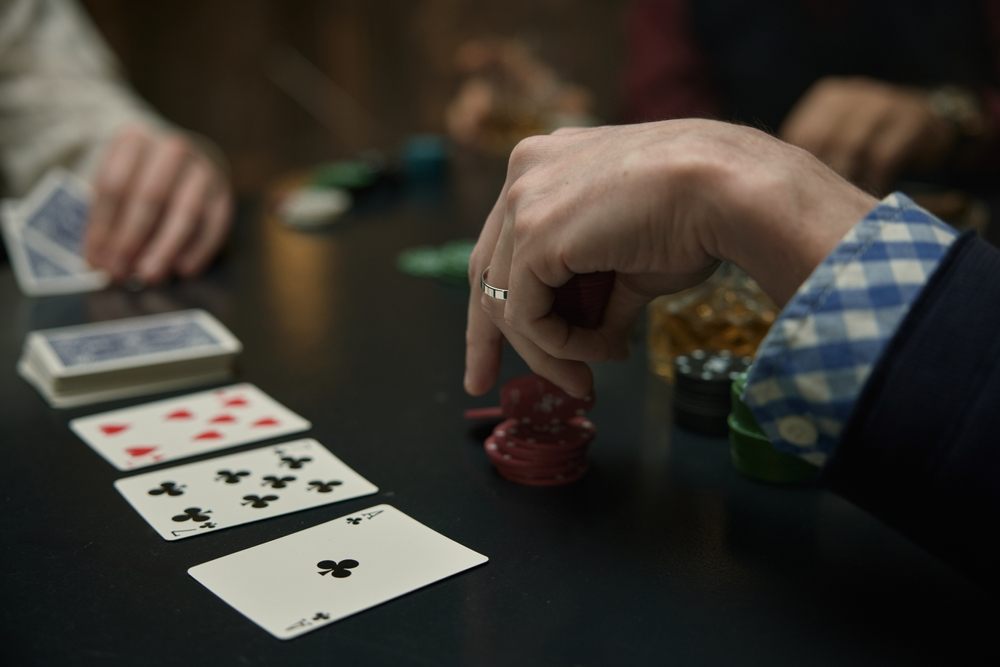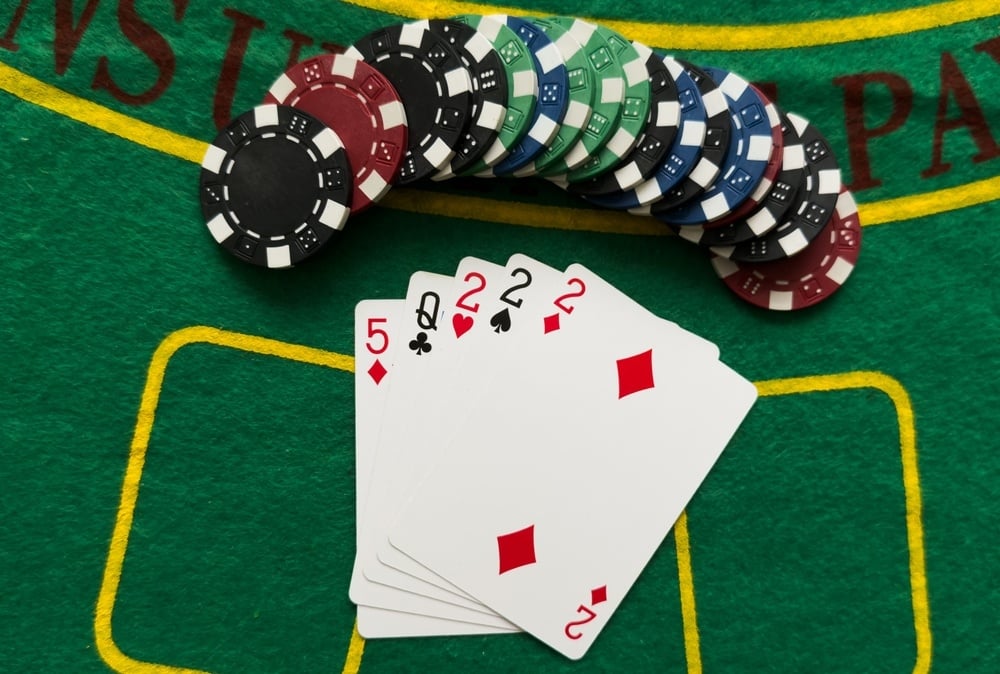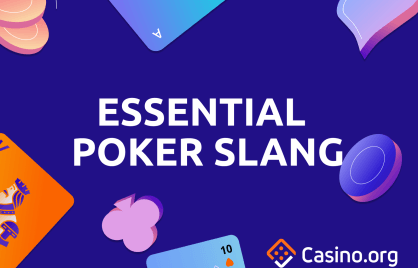How to Dominate Low Stakes Poker Games Like a Pro

Summarize this post
How to Win at Low Stakes Poker: What You’ll Learn
- Understanding Player Tendencies: Learn how to read weaker players and exploit common mistakes they make in low stakes games.
- Effective Bankroll Management: Discover how to manage your bankroll wisely to maximize your playing time and minimize risks.
- Strategic Hand Selection: Understand the importance of choosing the right hands to play and when to fold to avoid unnecessary losses.
- Position Awareness: Gain insights on how to leverage your position at the table to make better betting decisions and enhance your winning potential.
- Psychological Tactics: Explore techniques to maintain a strong mental game, including managing tilt and recognizing the emotional state of your opponents.
Let’s get one thing straight: beating low-stakes poker isn’t about soul reads, wearing sunglasses, or hero-calling with ace-high to prove you’re a rockstar.
Not in the slightest.
Beating low-stakes poker is about fundamentals. Folding more. Raising right. Not lighting your chips on fire just because it’s $1/$2 and “who cares.”
If you want to beat low-stakes poker consistently — whether that’s your local home game, the $130 daily tournament at your casino, or $0.05/$0.10 online — stop treating it like a casual hobby and start taking it seriously.
Low stakes poker is winnable… if you’re prepared. This article gives you everything you actually need to beat small games and walk away with a profit.

Title Image Credit: WPixz/Shutterstock
What is Low Stakes Poker?
Low-stakes poker generally means:
- Cash games: $1/$3 or lower
- Tournaments: Buy-ins under $200
- Online: Microstakes like $0.01/$0.02 to $0.10/$0.25
In these games, people will call your all-ins with second pair. They’ll chase gutshot straight draws with no odds. They’ll donk-lead into you with Queen-Three offsuit.
You’re (hopefully) not playing against robots. You’re playing against real humans making emotional decisions.
And if you play well, that’s a good thing.
The Rake Is the Silent Killer (And It’s Taking Everyone’s Chips)
Before we get into actual hand strategy, we’ve got to talk about the rake — the casino’s cut of the pot.
Let’s say you and nine friends each sit down at a poker table with $100. So there’s $1,000 total on the table.
You’re not playing against the casino — you’re playing against each other. You’d think that, over time, some people would win, some would lose, but the total money on the table would stay roughly the same, right?
Wrong.
After a few hours, nobody has money left — and it’s not because you lost it to each other. You all lost it to the rake.
Here’s how: let’s say the casino takes $5 per hand on the rake (some casinos take up to $7 or $8 even at low stakes). And on a live table, you’ll play about 30 hands an hour.
So that’s:
- $5 x 30 hands = $150/hour
- Over 7 hours = $1,050 in rake
That’s more than the $1,000 everyone brought combined.
Even if you’re not playing badly — even if you’re breaking even against the other players — the rake will eat you alive.
You’re not just trying to beat the other players. You’re trying to beat the clock. Every minute you’re in there playing loose pots, calling marginal hands, or limping into bloated flops, you’re giving a cut to the house.
And the house doesn’t care if you win or lose. It takes its share every single hand.
That’s why folding more so you can play bigger pots with better hands is key. If the pot is too small, you will lose too much of your profit margin to the rake.
Rule #1: Tighten Up. Seriously.
This is the golden rule. At low-stakes games, the biggest mistake players make — again and again — is playing too many hands.
You think suited cards are pretty? Fold it. You think a little Ace is sneaky? Fold it. You’re in early position with King-Jack? Guess what — fold it.
Professional poker players fold 80% of their hands. You should too.
If you’re not sure what hands to play, start here:
Play:
- Strong Broadway hands: AK, AQ, AJ, KQ
- Medium to high pocket pairs: 88 or better
- Suited connectors (… but ONLY in late position): 98s, 76s
Fold:
- Ace-rag offsuit
- Anything offsuit below Ten
- Any two random suited cards
Start tight. Then tighten up more.
If you find yourself really bleeding chips, you can go ruthlessly tight with my royal flush rule. Only play broadway pairs — Aces, Kings, Queens, Jacks, or Tens — or hands if BOTH cards can make a royal flush (ex. King-Queen suited. But fold King-Queen offsuit). This is brutally rigid, but is simple and will keep you out of trouble.

Title Image Credit: 360VP/Shutterstock
Rule #2: Raise or Fold Preflop (No Limping!)
Low-stakes players LOVE limping. They limp early position. They limp behind. They limp from the small blind.
Don’t do it. You’re better than that.
Limping means you just call the big blind instead of raising. And it’s one of the worst habits in poker. It feels safe. It feels cheap. But in reality?
It puts you in the hand with no strength, no initiative, and no plan. Limping turns poker into bingo — praying your cards hit the flop.
True poker players are unpredictable. But if you limp your weak hands and raise your strong hands, you become way too obvious and easy to read.
When it’s folded to you preflop and it’s your turn, never limp. Got a good hand? Raise it. Bad hand fold it? No in-between — limping advertises that you don’t feel confident in your hand, which handicaps your ability to bluff later.
Or, if you do hit, the pot will naturally be smaller and your margins will be thinner (see previous section on rake).
Rule #3: Play Aggressively When You Do Enter a Hand
When you raise preflop, follow up with a continuation bet (c-bet) most of the time — especially against one opponent.
Why? Because most players miss the flop. Statistically, you miss the flop two out of every three times. So do they.
You don’t need a monster hand to win the pot — you just need to bet when they don’t. Chances are they’ll fold.
Note: Don’t try to bluff multiple players! The likelihood that someone has a good hand goes up.
Rule #4: Bet Sizing Matters (More Than You Think)
Too many players at low stakes make one of two mistakes:
- They bet way too small (“I’ll just throw in $5…”)
- They bet way too big (“ALL IN!”)
The trick is to tailor your bet size to your goal.
- Want them to fold? Bet big.
- Want them to call with worse? Bet small.
Always think of the reason for why you’re betting. Try not to be randomly or panicked because you don’t know what to do… or what you’re trying to accomplish.
General guideline:
- Preflop raise size: 3x the big blind (4x–5x if there are limpers)
- Flop c-bet: ⅓ pot against one opponent
- Turn and river: Varies based on board texture, hand strength, and opponent
Smaller bets (especially c-bets) have become fashionable as of late. But in loose low stakes games, you may want to size up to ½ pot or more. This will make the hand easier for you to navigate since you’ll gain more information.
Your opponent calls a small bet? It could mean anything? But a big bet? Then you know they’ve probably got something good. The hand is more defined.
As you advance in stakes, you can experiment with cheekier and smaller bet sizings. But I’d go big in the beginning while you’re still gaining your footing (and want to punish your opponents’ stickiness with a bad price).
Rule #5: Play More In Position, Fold More Out of Position
The later you act in the hand, the more information you have. It’s seeing your opponent’s move before you decide yours.
That’s why poker table position is everything.
On the button? You can play more hands. In early position? You should play like you’re at a job interview with your in-laws watching.
Good hands in bad position become bad hands.
When in doubt: fold early, fight late.

Title Image Credit: Nomad_Soul/Shutterstock
Rule #6: Don’t Bluff Randomly
Yes, bluffing is part of poker. But no, you don’t need to bluff much at low stakes.
Why? Because people don’t fold!
You can’t bluff someone who’s always calling with second pair. Or bottom pair. Or no pair.
Only bluff when:
- You have some chance of winning if called (like a flush draw)
- You’re up against one opponent
- The board tells a believable story
Otherwise? Don’t bother. Value bet with just good hands instead.
Even if it seems like an appropriate time to bluff, never do so against the wrong opponent. Some people never fold regardless of what the board shows.
Base your bluffs on personality first, cards second.
Bluff Using Math
Let’s say you bet $50 into a $100 pot. Your bluff only needs to work 33% of the time to break even.
If you know your opponent is folding more than that? Go for it.
But if they’re calling 80% of the time? You’re burning money.
Rule #7: Know the Math by Memory
Poker is a math game — but you don’t need a calculator.
Instead, memorize key stats:
- You’ll miss the flop 2/3 of the time
- Flush draw completes by the river: 36%
- Open-ended straight draw: 32%
- Gutshot straight draw: 16%
- Pocket pair vs two overcards: 51% (a coinflip)
These may seem like a lot to master. But once you know them, they stay with you forever.
Rule #8: Be the Most Disciplined Player at the Table
Discipline beats talent at low stakes.
You don’t need to be the smartest. You don’t need to be the most experienced. You just need to play tighter than the guy to your left and smarter than the guy to your right.
Let other people get emotional. You stay strategic.
If you lose a big hand, don’t chase it. If you’re card-dead, wait it out. If you miss a draw, fold. That’s how profitable poker works.

Title Image Credit: Andrew Angelov/Shutterstock
Rule #9: Don’t Be Results-Oriented
Just because you lost doesn’t mean you played badly. And just because you won doesn’t mean you played well.
Poker is like investing… the right decision doesn’t always pay off today.
Focus on your process, not just your results.
Ask yourself:
- Was I playing too many hands?
- Did I make the maximum I had the best hand?
- Did I fold when I was beat?
These are the questions that actually matter.
Rule #10: Bet with Purpose
Don’t let the word “low” fool you.
Low-stakes poker can be profitable if you play it right (and don’t fall victim to an unbeatable rake). You don’t need to be a genius. You just need to be patient, smart, and disciplined.
Fold more. Raise better. Bet with purpose.
Know the reasoning behind your decisions.
That’s how you beat low-stakes poker.
The Real Edge at Low Stakes
Most low-stakes players are lazy. They don’t study. They don’t adjust. They don’t fold enough.
That’s your edge.
If you’re reading this — and actually absorbing it — you’re already ahead of the vast majority of poker players.
It always bewilders me how few people at poker tables actually incorporate new information. They may see someone fold a million times, but still wishfully think they’re bluffing (when of course they’re not).
Too many people simply aren’t paying attention. Focus, and you can win.
Title Image Credit: 360VP/Shutterstock


